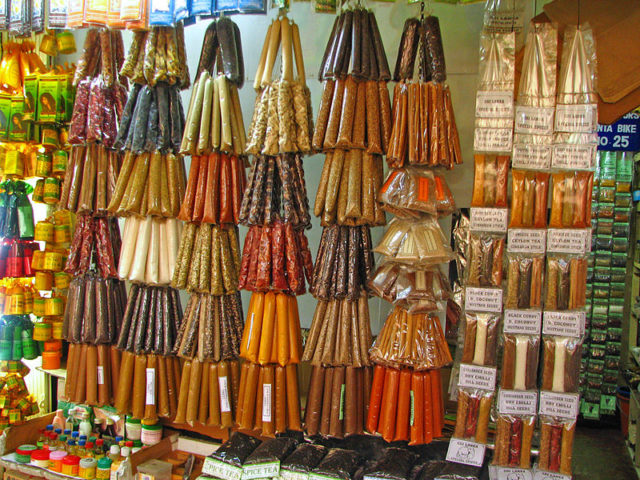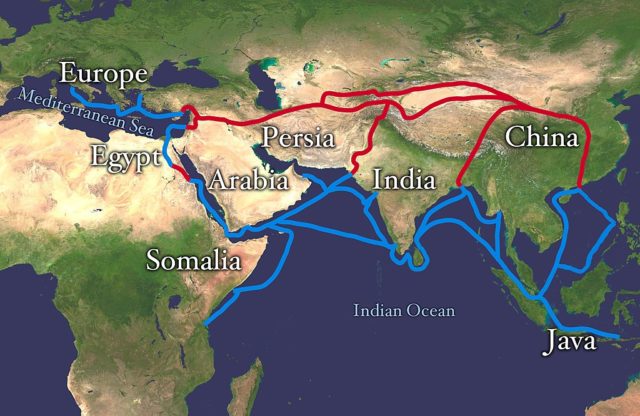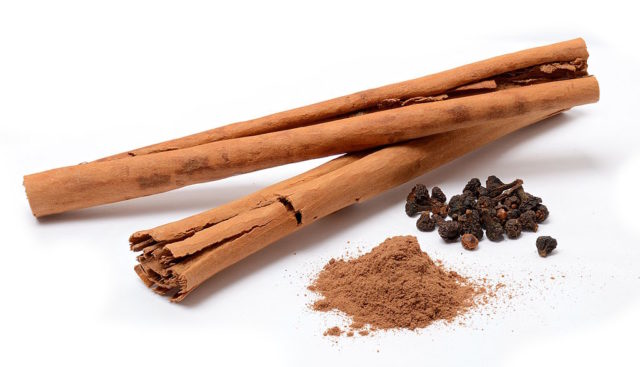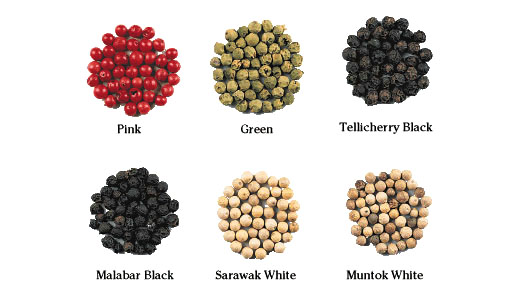We don’t eat food just to survive but to enjoy its taste, and throughout history, the search for new ingredients to make dishes more delicious has led to many discoveries. Nothing sparked people’s interest as much as spices. Once considered a foreign–and expensive–luxury, the presence of cinnamon, black pepper, ginger, cardamom, nutmeg, and many, many others is essential in today’s kitchen cabinets.
As innocent as these ingredients may seem, spices have generated intense drama. Wars were fought between the countries of the West over access to spices. The Americas were discovered during the search for a short-cut to Indian spices. Ships were built to endure the worst of the elements, and crossed half of the world in a single voyage, in order to reach “Spiceland” as quickly as possible.
What are now considered common spices used to have high value. Even salt was a luxury that not everyone could afford. When the Romans ran a trading center in Alexandria, Egypt, their soldiers were paid in salt. Apparently, the practice is the etymological origin of the word “salary.” During the first millennium, the Ethiopians and the Indians had control over the Red Sea route that led from Sri Lanka to the lands of Ethiopia. Over the following centuries, there were many groups whose ambitions and desires were to take over control of the spice trade.

During the 13th century, Venice was the most important port for the European trade, and as such, the city boomed financially from the huge tariffs charged for the transportation of such spices. Even the richest of the rich complained and sought alternative options. However, the route was cut in 1453 with the rise of the Ottoman Empire that took over all routes that led to East Asia and the desired goods. And they weren’t in control of an important section of the land route alone but were also able to take over the sea routes throughout the Indian Ocean.
The Western European kingdoms, desperate for their share of spices and other exotic goods, financed explorers to sail and find new routes to India. That’s how the stories of Bartolomeu Dias, Christopher Columbus, Ferdinand Magellan, and Vasco da Gama began. In 1492, when the existence of the Americas was unknown to the West, Christopher Columbus was the first one to sail westward from Europe toward India.

In search of a new route to the land of the spices, he was to prove a disappointment, but Columbus did discover the American continent. To take the sting out of his “failure,” he brought back chillies instead of peppercorns, which he called peppers.

In 1497, Vasco da Gama rounded the Cape of Good Hope, discovering a new sea route that, even though it was the longest voyage completed until that time, marked the beginning of the Portuguese empire and allowed the Portuguese to establish a long-lasting colonial empire in Asia. He reached Kozhikode on the southwest coast of India. On his return, da Gama brought a cargo of peppercorns, ginger, cloves, cinnamon, and nutmeg.

Of course, English, Spanish, and Dutch expeditions followed soon after, which led to intense competition among the different countries, resulting in bloody conflicts. During the Renaissance, there was a growth of the middle classes in all European kingdoms, meaning that more and more people could afford to buy spices, increasing demand. This demand led to 200 years of war between the European nations who fought over the Indonesian Spice Islands.
Read another story from us: Surviving examples of vintage household products manufactured during WWI
The chief irony is that America was discovered in a search for spices and only three centuries later it was business owners from the United States who established their own companies and started dealing with Asian growers directly. Up to that point, the trade of spices had gone through European companies, but now the Americans took over their business. Luckily, today spices are affordable for most of people, and they are integral ingredients in our everyday nutrition.
